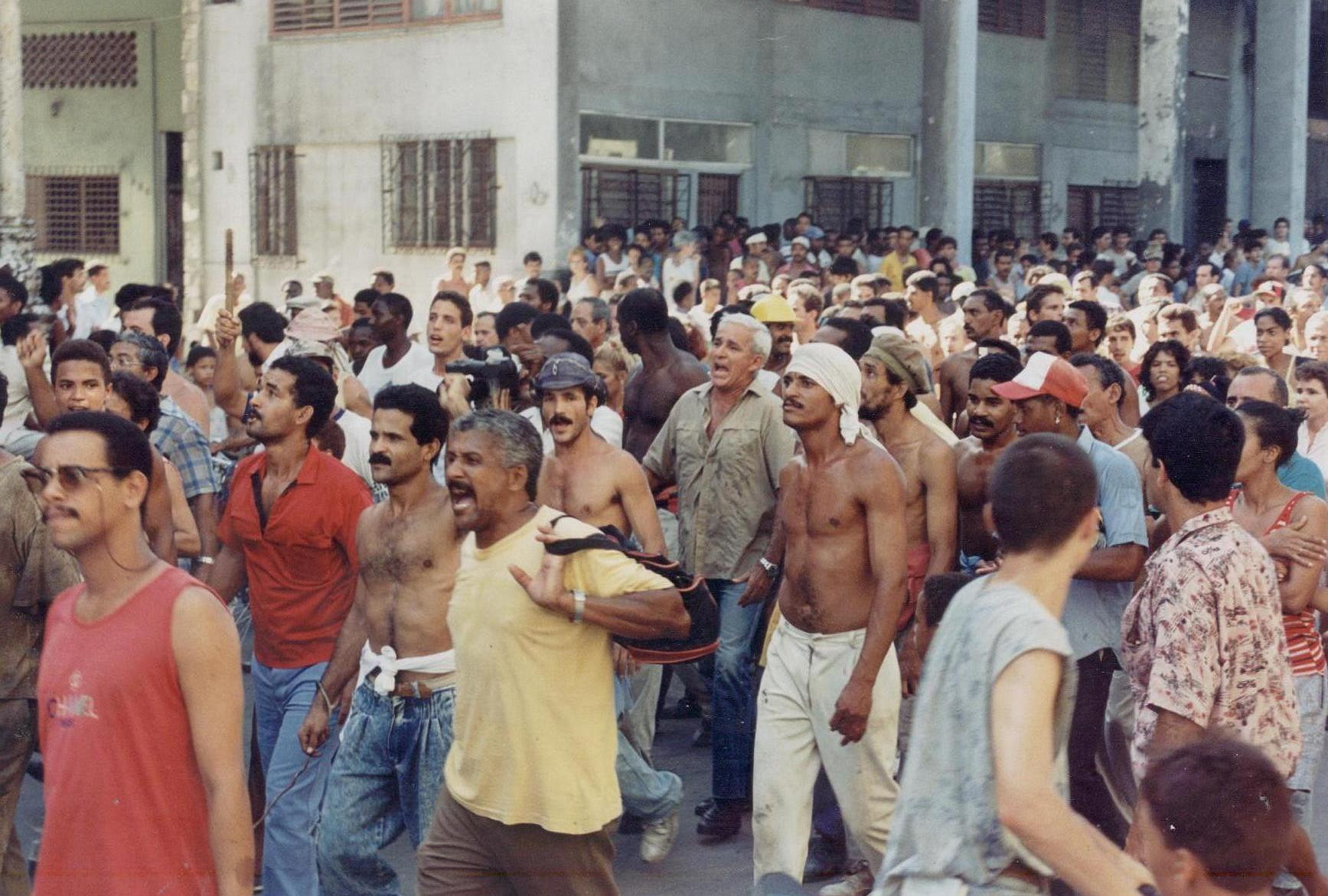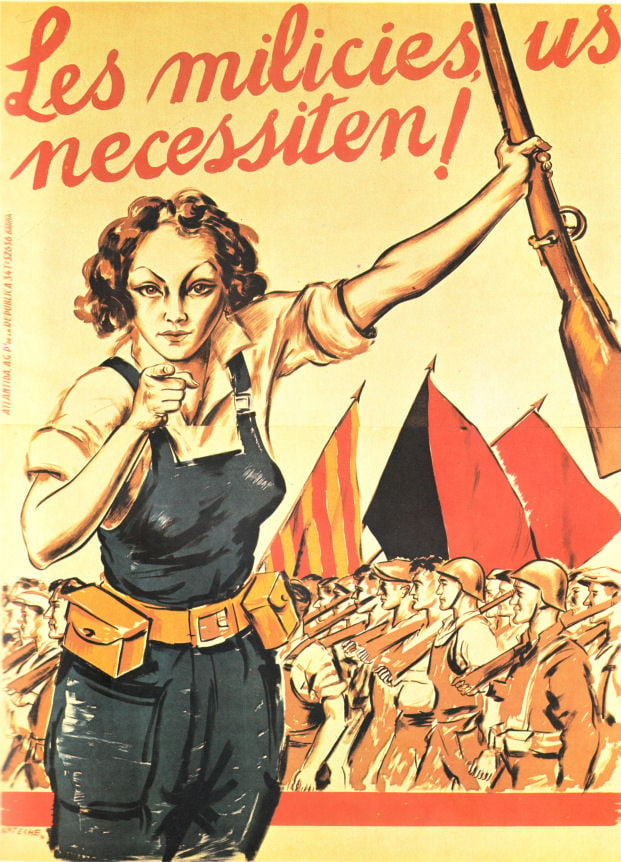Maleconazo Uprising (1994)
Fri Aug 05, 1994

Image: Protesters in the streets during the Maleconazo [Wikipedia]
On this day in 1994, an uprising known as the “Maleconazo” took place during Cuba’s “special period”, an economic crisis following the collapse of the Soviet Union, leading to a mass exodus of tens of thousands from the island. The protest was the first major uprising in Cuba following the Cuban Revolution of 1959, which had brought Fidel Castro and the communist movement into power.
The uprising took place in a time of extended economic crisis known as the “special period”, characterized by shortages of petroleum derived prices, rations on food, decreased use of automobiles, and, by necessity, organic innovations to agricultural practice.
On August 5th, 1994, riots broke out on the Malecón, an 8km roadway and seawall that runs along the coast in Havana. Rioters looted stores, chanted political slogans, and damaged hotels. One group unsuccessfully attempted to hijack a boat.
In the middle of the afternoon, Fidel Castro arrived at the scene, by which time 370 arrests had taken place and around 30 people were injured, 11 of them policemen.
A week later, on August 11th, Castro gave the order for border guards to not suppress illegal exits of the country; an estimated 33,000 people fled, leading to the 1994 Cuban Rafter Crisis.
Many of these exiles successfully sought refuge in the United States, with then President Bill Clinton adopting the “Wet feet, dry feet policy”, effectively allowing any Cuban who made it to U.S. land to stay, while Cubans intercepted in U.S. waters would be either returned to Cuba or deported elsewhere.
- Date: 1994-08-05
- Learn More: en.wikipedia.org, elcomercio.pe.
- Tags: #Riots, #Protests.
- Source: www.apeoplescalendar.org

